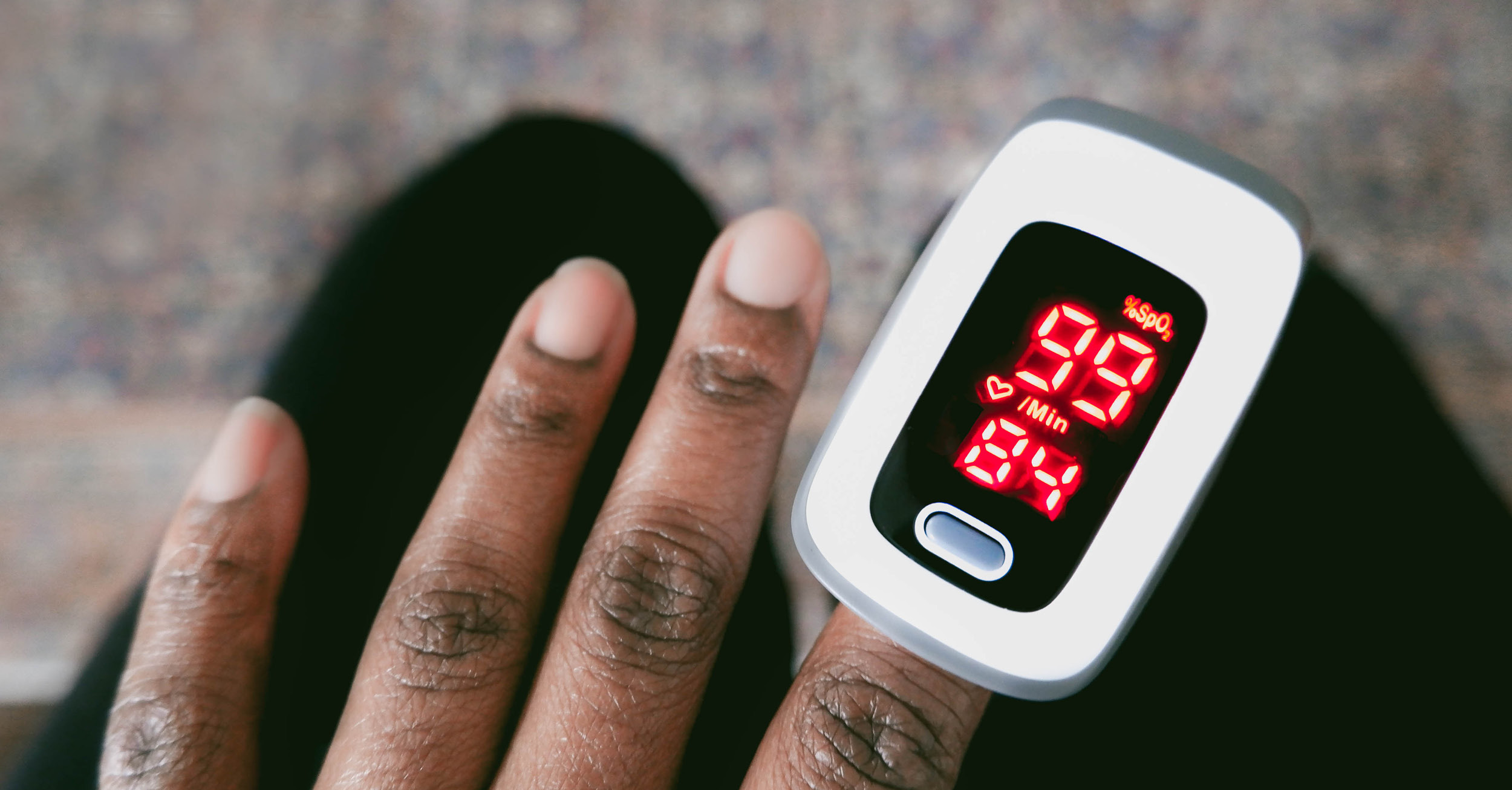
February is American Heart Month. Unfortunately, American Heart Month does not celebrate the great heart health of the United States. No, American Heart Month was started by President Johnson in 1964 to spotlight heart disease—then the number one killer of Americans.
In the 58 years since American Heart Month was founded, great progress has been made in the understanding and treatment of heart disease. And, with the major uptake of telehealth at the onset of the pandemic in 2020, heart health may already have its biggest key to success in the future. However, first we need to understand why heart health is still important in the age of the Covid-19 pandemic.
Effect of the pandemic on heart health
The Covid-19 pandemic has been the major health concern on the minds of Americans for the past two years. February has come along to remind us all that, despite seemingly daily increases in Covid-19-related deaths, heart disease remains the number one killer of Americans. In 2020, heart disease killed nearly twice as many Americans as Covid-19 (though the numbers were much closer in 2021). The most disturbing fact of the matter—the pandemic has actually worsened the heart health of America. Here are a few factors to explain why:
- Covid-19: the disease can attack the heart and blood directly. Patients who had severe Covid cases are especially vulnerable—they may find themselves with permanent heart damage. This article from Johns Hopkins Medicine discusses the many ways Covid-19 may affect the heart.
- Quarantine-facilitated unhealthy lifestyle behaviors: it’s very easy to pick up or return to unhealthy behaviors in isolation. Poor dieting, lack of exercise, and stress are all factors that contribute to heart disease.
- Less access to doctors/hospitals: many patients are still staying away from hospitals for fear of contracting Covid-19. Even worse, many hospitals are overrun with Covid-19 patients, making it difficult for patients to gain access to care.
Why telehealth and remote monitoring are the future of heart healthcare
Telehealth
As stated earlier, access to quality care is one of the biggest struggles for heart health during the Covid-19 pandemic. Telemedicine greatly increases access to care by overcoming barriers like time, distance, and cost (as well as providing a slew of other benefits for patients and providers). Furthermore, telemedicine is the perfect medium for one of the most important but often overlooked facets of heart disease treatment—continuous preventive medicine counseling. “Prevention is better than cure” is a popular proverb in medicine, and it’s especially true in cardiovascular health. Telemedicine makes these counseling sessions much more accessible to patients and a much smaller burden for providers.
Remote patient monitoring
As for remote patient monitoring, there are already several technologies and devices available. There are remote devices on the market that can measure hypertension and track arrhythmias. Some of them even come in the form of watches! Right now, these technologies are more accessible and convenient than they’ve ever been. Using these devices, patients can monitor their own heart health at home, allowing them to reach out to their provider as soon as a problem arises.
The combination of telehealth and remote patient monitoring creates a system for continuous heart health that is far superior to the in-person model. A health routine based on these two systems would save time and money for hospitals and patients, and would make it easier to track progress toward heart health goals. As telemedicine platforms and monitoring technologies continue to evolve, the future of heart health looks bright. Perhaps, one day, the meaning of American Heart Month will change forever.
If you’re a cardiologist who thinks the time is right to get into telemedicine, check out if doxy.me is right for you.